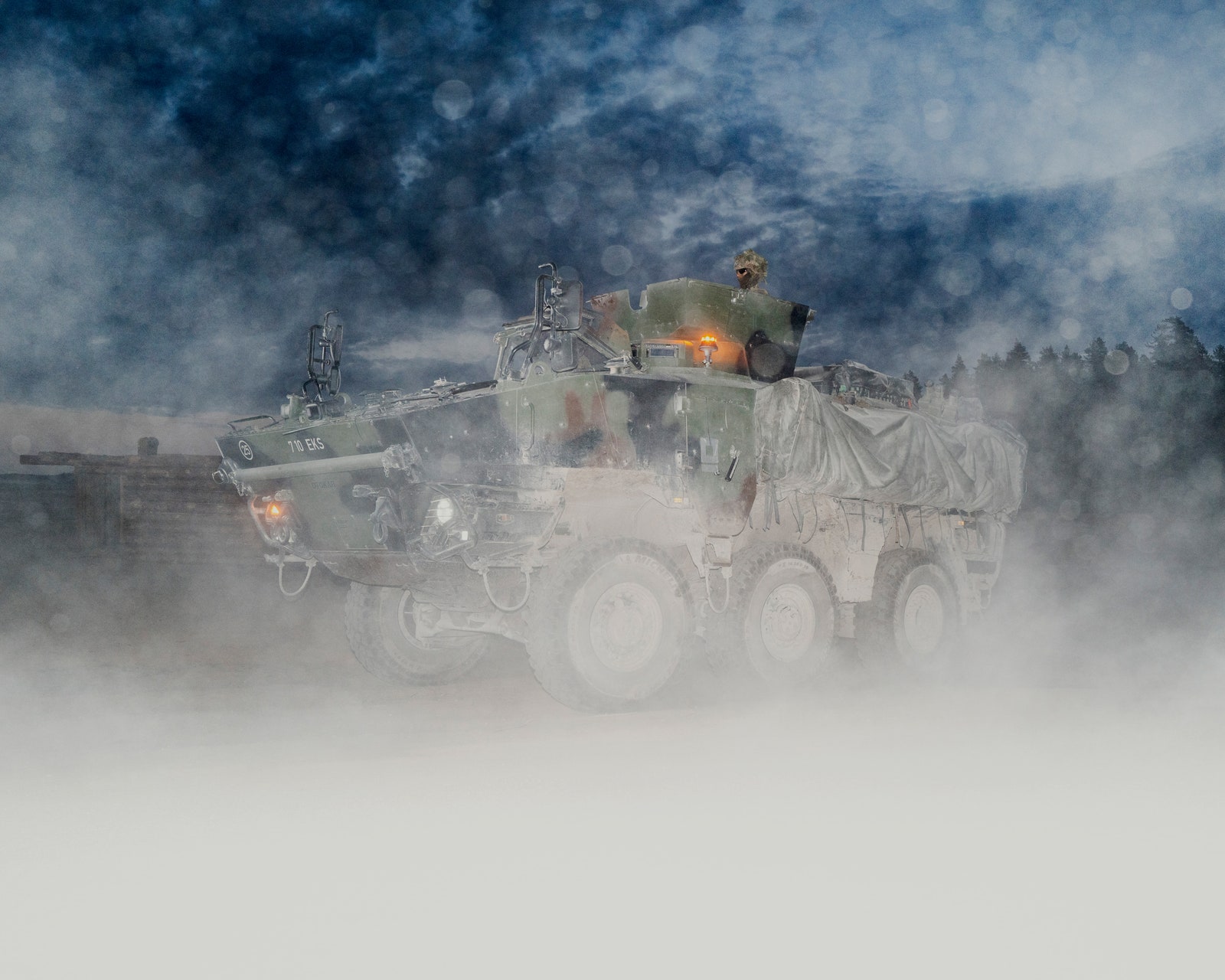As the NATO summit kicks off in Brussels today, a look at how European leaders are preparing for Trump’s arrival and why the President is upending America’s commitment to the alliance. And, then, the consequences of funding cuts to NASA. Plus:
“Trump’s election as President has been considered a bigger threat to our security than Putin’s invasion of Ukraine,” a former secretary-general said. “That’s embarrassing.”Photograph by Rafał Milach / Magnum for The New Yorker
Joshua Yaffa
A contributing writer covering international affairs.
Today, the NATO secretary-general Mark Rutte is welcoming leaders from the alliance’s thirty-two member states to a summit in The Hague, where the proceedings will center on a single issue: the expectation that NATO countries will pledge to increase their defense spending to five per cent of G.D.P. The move is a testament both to the long-term threat posed by Russia, and to President Trump’s repeated insistence that European nations do more on behalf of their own security. “This will be one of the most consequential NATO summits since the fall of the Berlin Wall,” Rutte told me. “To use Trump’s language, ‘huge.’ ”
At a NATO summit Trump attended in 2018, he intimated that he might pull the U.S. out of the alliance altogether. “If I was a Catholic, I would have been doing my rosary,” John Bolton, Trump’s former national-security adviser, told me. Since returning to the White House, Trump has signalled that the U.S. will reduce the degree to which it serves as a backstop for European security and defense. In the coming years, perhaps months, the Administration plans to reposition American troops and equipment from Europe to Asia and other regions, though it has yet to offer specifics on how it will do this—something European leaders hope the President will clarify in The Hague. In the meantime, Trump remains shaky on his commitment to Article 5, the collective-defense clause in NATO’s founding charter. “Depends on your definition,” he told reporters aboard Air Force One on Tuesday, on his way to The Hague.
Ahead of the summit, Rutte tried to avoid any possibility of a repeat of the drama in 2018. Contentious topics, such as NATO’s role in the war in Ukraine—and Ukraine’s own prospects for joining the alliance—are relegated to working meetings for ministers. The situation in Iran is unlikely to feature in a formal way. Nevertheless, the Hague summit will mark the beginning of a new NATO: one in which the U.S. begins a slow retreat from the role it has played in Europe for nearly eighty years. Anders Fogh Rasmussen, who was NATO’s secretary-general from 2009 to 2014, said the alliance was living through an “existential moment,” on par with what it went through at the end of the Cold War. Only now, he said, “the tectonic plates moving beneath our feet are first and foremost in Washington, D.C.”
For more: in this week’s issue, Yaffa reports on how the Administration is strong-arming European nations to do more on behalf of their own defense.
How Bad Is It?
The White House recently proposed the smallest NASA budget since the dawn of human spaceflight, after adjusting for inflation. We spoke with David W. Brown, who has written about space for the magazine since 2020, and with an official at the European Space Agency.
What does this mean for the future of America’s space program?
The proposal “doesn’t cut to the bone—it just lobs off limbs,” Brown told us. It would axe countless satellites and instruments; decommission solar-system probes that are already under way; and finish OSIRIS-APEX, a program that aims to help protect Earth from a catastrophic asteroid strike.
A Trump Administration press release said that the proposal “accelerates human space exploration of the Moon and Mars,” in part by investing a billion dollars in missions that aim to land astronauts on Mars—a Trump campaign promise and a priority of his former adviser Elon Musk. But next to the astronomical costs of such missions, Brown noted, “That’s like tipping your waiter a dime.”

